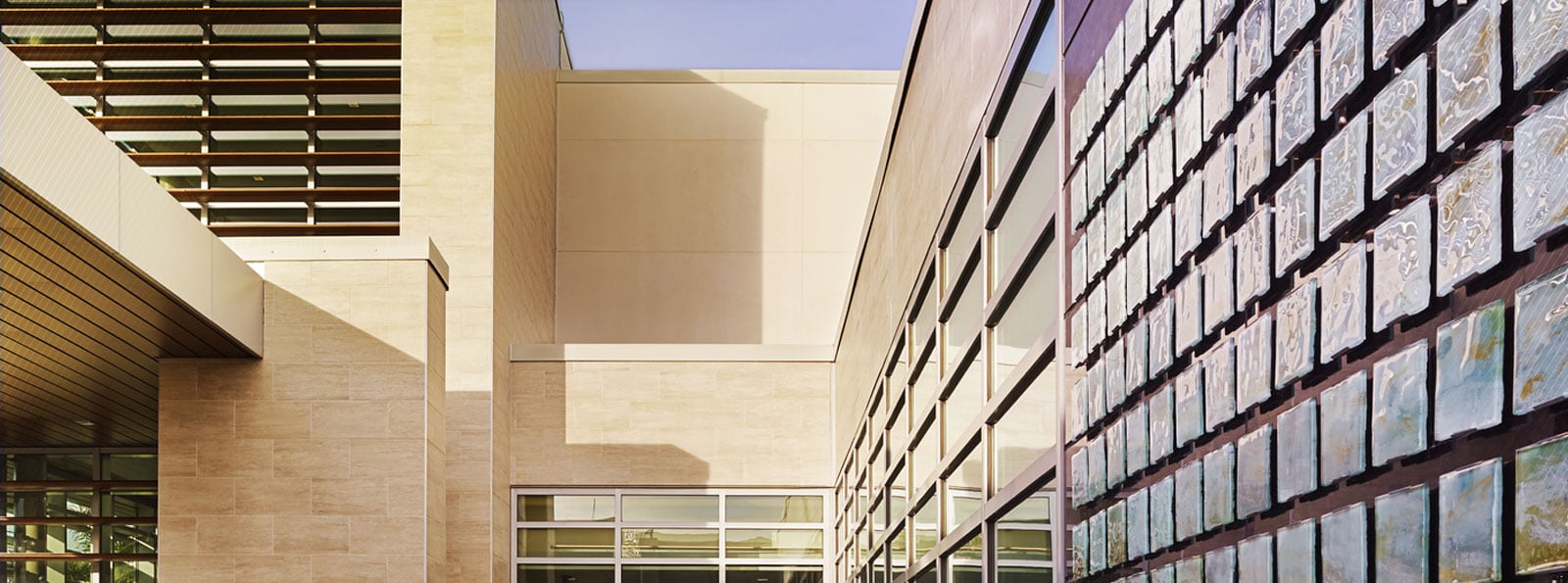Featured in Medical Construction + Design, June 2011
Just as an innovative automobile chassis defines the frame, engine and other essential systems for a vehicle, a medical center chassis provides an effective framework for a state-of-the art hospital.
Design typically creates flexibility in two ways: through pre-planned soft space adjacent to departments that are forecast to grow and change over time, and through departmental adjacencies that are supportive of one another (e.g., inpatient imaging adjacent to the ED). As a result, a growing service line can expand into soft space or into a shrinking department, and they can gain operational synergies from the relationships among adjacent departments.
The chassis design system takes these concepts a step further by integrating all of the diagnostic and treatment components that drive the specific service line, as well as the supporting departments, to provide direct adjacencies among them. The number of departments and adjacencies can vary, within certain parameters, as programmatic needs dictate.
The ideal chassis configuration is one in which the diagnostic and treatment support core is linear, connecting the inpatient bed tower with the outpatient services and medical office building. The main entrance anchors one end, and the central utility plant is at the other end. In this way, future expansions do not interfere with the main entrance. This ensures that patients, families and other visitors will always know how to find the main entrance, avoiding confusion and associated stress.
At the same time, the chassis design system integrates the other major components of the campus, including inpatient units, outpatient services and medical office buildings. Ultimately, this design system minimizes travel
distances and time—increasing efficiency and reducing stress—for patients and staff. Moreover, the integrated nature of the design can be employed to reinforce and communicate the values of the healthcare provider.
While a well-designed medical chassis can be expanded in the future to the size required to house growing service lines and support systems when growth is forecast, it is advantageous to accommodate infrastructure elements in the early stages to simplify expansion in the later stages. The chassis system enables cost-effective construction of the central spine to support multiple phases. However, if the budget only allows for a portion of the program to be implemented, designers can develop a plan for phased construction.
The most amenable site for the chassis-designed medical center is one with sufficient acreage to accommodate horizontal connections with the other elements in the appropriate relationships. For this reason, a greenfield site is ideal.
Moreover, cost-effective implementation of this design solution requires a team approach to planning, design, and construction. For example, the closer the central plant is located to the entry point of utility services, the more economical those utility connections; however, the closer the central plant is to the healthcare facilities, the more economical it is to connect the building to the central plant for the construction project itself. It is rarely an either-or decision; rather it is a matter of balance.
The two most important determinants of effective implementation of the medical chassis design system are a clear vision by the leaders of the institution and open dialogue and collaboration among all design team members.
As planners and designers, our role is to help bring conceptual ideas to generate discussion, and to facilitate that discussion through analysis of best practices across the industry.
This blog written by a former architectural designer with Array, Shane Williams.


